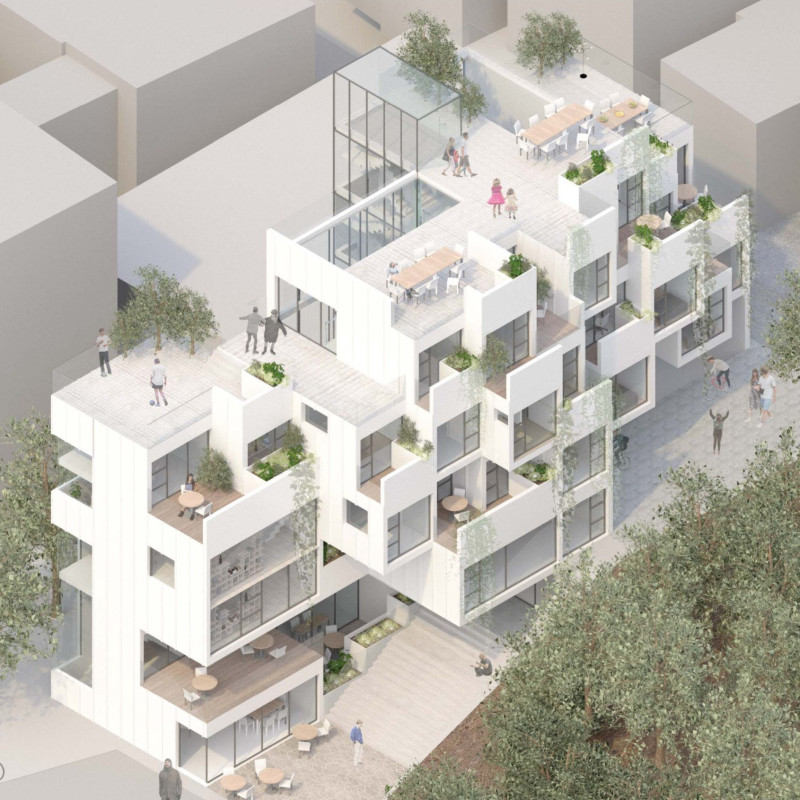5 key facts about this project
At its core, the project represents a clear functional intent, designed to cater to the needs of its users while fostering community interaction. The design emphasizes open, flexible spaces that encourage collaboration and engagement among occupants. From the moment one enters the building, the layout unfolds to reveal a series of interconnected areas, each meticulously designed to serve a specific purpose while also allowing for fluid movement throughout the space. This thoughtful arrangement of spaces is enhanced by carefully considered sightlines, which connect various areas and promote a sense of unity within the project.
Materiality plays a pivotal role in establishing both the visual and tactile experience of the architecture. The selection includes locally sourced materials, which not only underscore sustainability but also reinforce a sense of place. Examples of materials used may range from natural stone and timber to steel and glass, each chosen for their aesthetic qualities as well as their performance characteristics. The integration of these materials allows for durability while contributing to the overall environmental strategy of the building. The interplay of textures and finishes further enriches the project, creating a layered experience as light interacts with different surfaces throughout the day.
Unique design approaches are evident throughout the project, particularly in its response to the climate and natural elements of the location. Large overhangs, for instance, provide shade in warmer months while allowing for natural light to penetrate deeper into the interior spaces. The incorporation of green roofs or vertical gardens may also be present, enhancing insulation and promoting biodiversity, while simultaneously creating visual interest and reducing the urban heat island effect. This sensitivity to the local environment reflects a broader commitment to sustainable architecture, emphasizing the importance of design decisions on ecological impact.
In addition to its ecological considerations, the project richly engages with the community it resides in. Strategic placements of windows and communal areas ensure that the design is inviting and accessible, drawing residents and visitors alike into the space. Outdoor areas thoughtfully integrated with seating and pathways encourage gatherings and social interactions, further reinforcing the project's role as a community hub. The architecture not only serves its occupants but also engages the broader public, stimulating a dialogue between the building and its environment.
Moreover, the architectural design demonstrates a keen understanding of cultural narratives and historical contexts, interpreting local traditions through a contemporary lens. This sensitivity to heritage provides depth to the project, allowing it to resonate with users on a personal level. The careful consideration of how the project fits within its historical framework underscores a commitment to preserving cultural identity while embracing modern architectural advancements.
For those interested in exploring more about this architectural design project, a closer look at the architectural plans, architectural sections, and architectural designs will offer deeper insights into the intricate details and thought processes behind the design. This thorough examination can illuminate the architectural ideas that have shaped the project, providing a richer understanding of its significance and the vision that drives it forward. Engaging with these elements will not only enhance your appreciation of the design but will also highlight the innovative approaches taken to create a meaningful and functional space within its community.


























